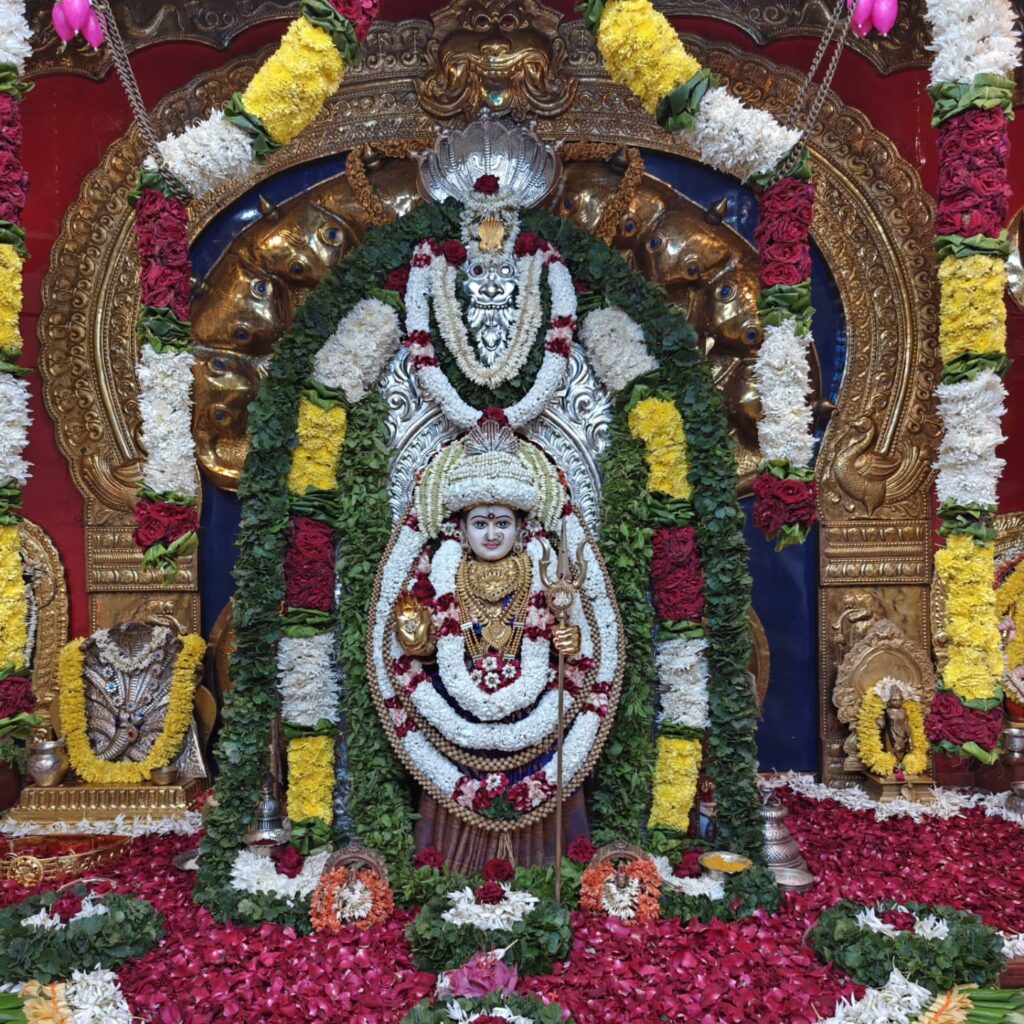About us

About Us
Shree Suvarna Naga Temple, also known as the Nine Mother Children Temple, is located in Powai, Mumbai. It was established in 1957 by Shree Suvarna Baba. The temple is dedicated to nine goddesses: Shree Laxmi Devi, Shree Nag Devi, Shree Saraswathi Devi, Shree Nav Durga Devi, and Shree Rakteshwari Devi. It also houses other deities, including the Nava Graha, Lord Shiva, Lord Ganesha, Shree Khandoba, Shree Balaji, Shree Sai Baba, Shree Shani Dev, and Shree Hanuman. The temple celebrates various annual festivals, including Nagapanchami, Navaratri, Ganeshotsav, Makar Sankranti, Mahashivratri, Hanuman Jayanti, Shree Krishna Janmashtami, and Shani Jayanti. The temple welcomes devotees from all faiths and communities.
Shree Suvarna Naga Temple: Abode of Deities and Tradition
Shree Suvarna Naga Temple, also revered as the Nine Mother Children Temple, stands as a significant spiritual center in Powai, Mumbai. Established in 1957 by the visionary Shree Suvarna Baba, the temple serves as a sanctuary for a diverse pantheon of deities, with a particular reverence for the divine feminine and the Nag Devta (serpent deity).
The name “Suvarna Naga” itself signifies the importance of the Nag Devta within this sacred space. In Hindu tradition, the Naga symbolizes primordial energy, protection, and the cyclical nature of life. The worship of Shree Nag Devi at this temple is considered particularly significant, with devotees offering prayers for well-being, the removal of obstacles, and the blessings of fertility and prosperity. Regular worship dedicated to the Nag Devta takes place on Tuesdays, Fridays, and Sundays.
Beyond its role as a place of daily worship, the Shree Suvarna Naga Temple is a vibrant hub for cultural and religious celebrations. The temple observes several important annual festivals, including Nagapanchami, Navaratri, Ganeshotsav, and Mahashivratri, drawing devotees together for communal prayer and the preservation of age-old traditions. The annual Nagapanchami celebrations are especially grand, featuring special Yagnas and drawing a large number of devotees.

